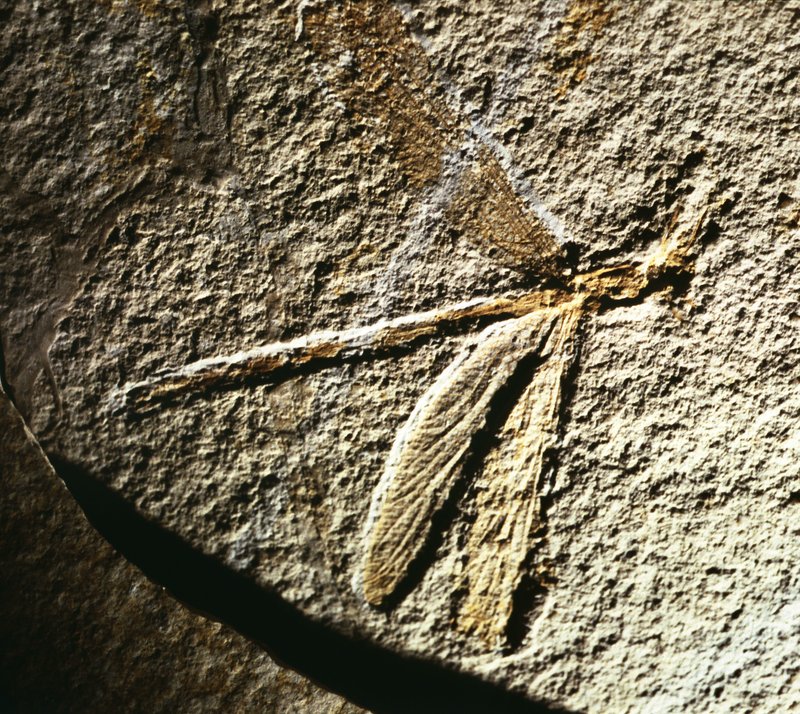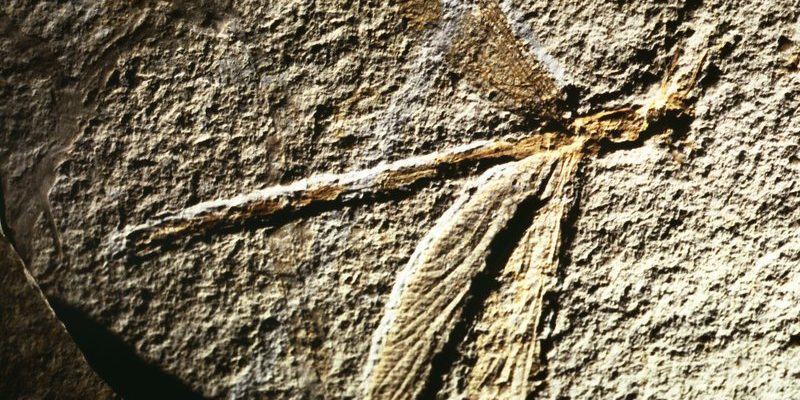
So, why should we care about dragonflies? Well, they aren’t just pretty faces; they play vital roles in their ecosystems, helping control mosquito populations and serving as indicators of healthy habitats. If you’ve ever wondered how these graceful creatures evolved, you’re in for a treat. Let’s take a deep dive into the captivating world of dragonflies and explore how they’ve changed over time.
The Origins of Dragonflies
Dragonflies belong to the order Odonata, which means “tooth” in Greek, referring to their formidable mouthparts. They first appeared during the Carboniferous period, about 300 million years ago. Believe it or not, some of their ancestors were massive, with wingspans reaching up to 30 inches! These prehistoric giants, known as Meganeura, lived in lush, swampy environments and were fierce predators.
During this time, the atmosphere was rich in oxygen, which allowed dragonflies to grow larger than they do today. This higher oxygen level is crucial for the development of larger insect bodies. As the climate began to change and forests expanded, dragonflies evolved into the more familiar forms we see today, adapting to different environments and prey.
Interestingly, dragonflies have several unique features that have helped them survive through the ages, including their exceptional vision, which allows them to spot prey from great distances. With nearly 360-degree eyesight, these insects are not only beautiful but also highly efficient hunters.
Now, let’s break down what makes a dragonfly a dragonfly. These insects have a distinct anatomy that plays a crucial role in their survival. For starters, their long, slender bodies can be quite colorful, ranging from blues and greens to yellows and reds.
Dragonflies have two pairs of wings that operate independently, allowing them to fly in multiple directions—forward, backward, and even hover in place. This exceptional flying ability is a big part of what makes them such efficient hunters. Their powerful wings are also designed for speed, often reaching up to 30 miles per hour. How cool is that?
Their large, multifaceted eyes make up almost half of their head, giving them a panoramic view of their surroundings. This incredible vision helps them efficiently catch prey like mosquitoes, flies, and even smaller dragonflies. Imagine trying to spot a snack while flying at high speeds—it’s no easy feat, but dragonflies make it look effortless!
The Role of Dragonflies in Ecosystems
Here’s the thing: dragonflies aren’t just amazing fliers; they also play an essential role in their ecosystems. As both predators and prey, they’re an integral part of the food chain. Adult dragonflies keep populations of pests, like mosquitoes, in check. That’s right—those pesky bugs that buzz around your ears don’t stand a chance!
But it doesn’t stop there. Dragonflies also serve as food for birds, fish, and other wildlife. Their presence in an ecosystem often indicates a healthy environment. When dragonflies thrive, it usually means the area has clean water and abundant food sources. It’s nature’s way of reminding us of the balance needed to maintain thriving habitats.
Moreover, studying dragonflies helps scientists track the effects of climate change and habitat loss. By monitoring their populations, experts can gain valuable insights into the health of various ecosystems. So next time you see a dragonfly dancing over a pond, remember it’s not just a pretty sight; it’s a sign of a healthy environment.
Dragonfly Life Cycle: From Egg to Adult
Dragonflies undergo a fascinating life cycle that includes several stages: egg, nymph, and adult. The journey begins when a female deposits her eggs in or near water. The lifespan of a dragonfly can vary, but the nymph stage can last anywhere from a few months to several years, depending on the species and environmental conditions.
During the nymph stage, dragonflies live underwater, where they are predatory marvels. They feed on small fish, tadpoles, and other aquatic insects. Their ability to breathe underwater, relying on gills, allows them to thrive in different aquatic environments.
Once they reach maturity, nymphs emerge from the water and undergo a dramatic transformation into adults. This emergence is often a spectacular sight, as the nymph sheds its skin and spreads its wings for the first time. After a few hours of drying and hardening their wings, these newly minted dragonflies take to the skies, ready to hunt and mate. It’s a remarkable transition, showcasing the resilience and adaptability of these creatures.
Dragonflies and Their Adaptations
Adaptation is key to the survival of all species, and dragonflies have perfected this art. Over the millennia, they’ve developed several unique features that enhance their chances of survival. One of the most impressive adaptations is their ability to change colors based on their environment. This isn’t just for show; it helps them blend in with their surroundings, providing camouflage from predators.
Another fascinating adaptation is their amazing flight capabilities. Dragonflies can fly swiftly and gracefully, thanks to the way their wings work together. Each wing can function independently, allowing for rapid acceleration, sharp turns, and even hovering. Imagine being able to change direction on a dime while flying—pretty incredible, right?
Moreover, dragonflies have developed excellent hunting techniques. They utilize a method called “sit-and-wait” predation, where they perch and watch for unsuspecting prey, then swoop down with impressive speed. Their success as hunters is a testament to their evolutionary resilience.
The Impact of Climate Change on Dragonflies
You might be wondering how modern challenges affect dragonflies. As climate change accelerates, dragonflies face new threats. Rising temperatures can alter their habitats, affecting the availability of clean water and suitable breeding grounds. This is especially concerning since dragonfly populations are sensitive to changes in climate.
Moreover, pollution and habitat destruction due to urban development and agriculture further compromise their survival. In many cases, wetlands are drained, and water quality deteriorates, which directly impacts dragonfly nymphs and their adult counterparts.
Conservation efforts are vital to help protect these beautiful insects. Creating and preserving natural habitats is essential for maintaining dragonfly populations. By working together to safeguard these ecosystems, we can ensure that future generations can marvel at the beauty and grace of dragonflies.
From their ancient beginnings to their modern-day adaptations, dragonflies are truly remarkable creatures. They’ve fascinated us for millions of years and continue to play an important role in our ecosystems. Observing them can teach us a lot about nature’s balance and the impact we have on the environment.
Next time you see a dragonfly hovering by the water, take a moment to appreciate its history and significance. These beautiful insects remind us of the delicate interconnections in nature and the ongoing importance of conservation. With efforts to protect their habitats, we can help preserve the wonder of dragonflies for countless generations to come.

